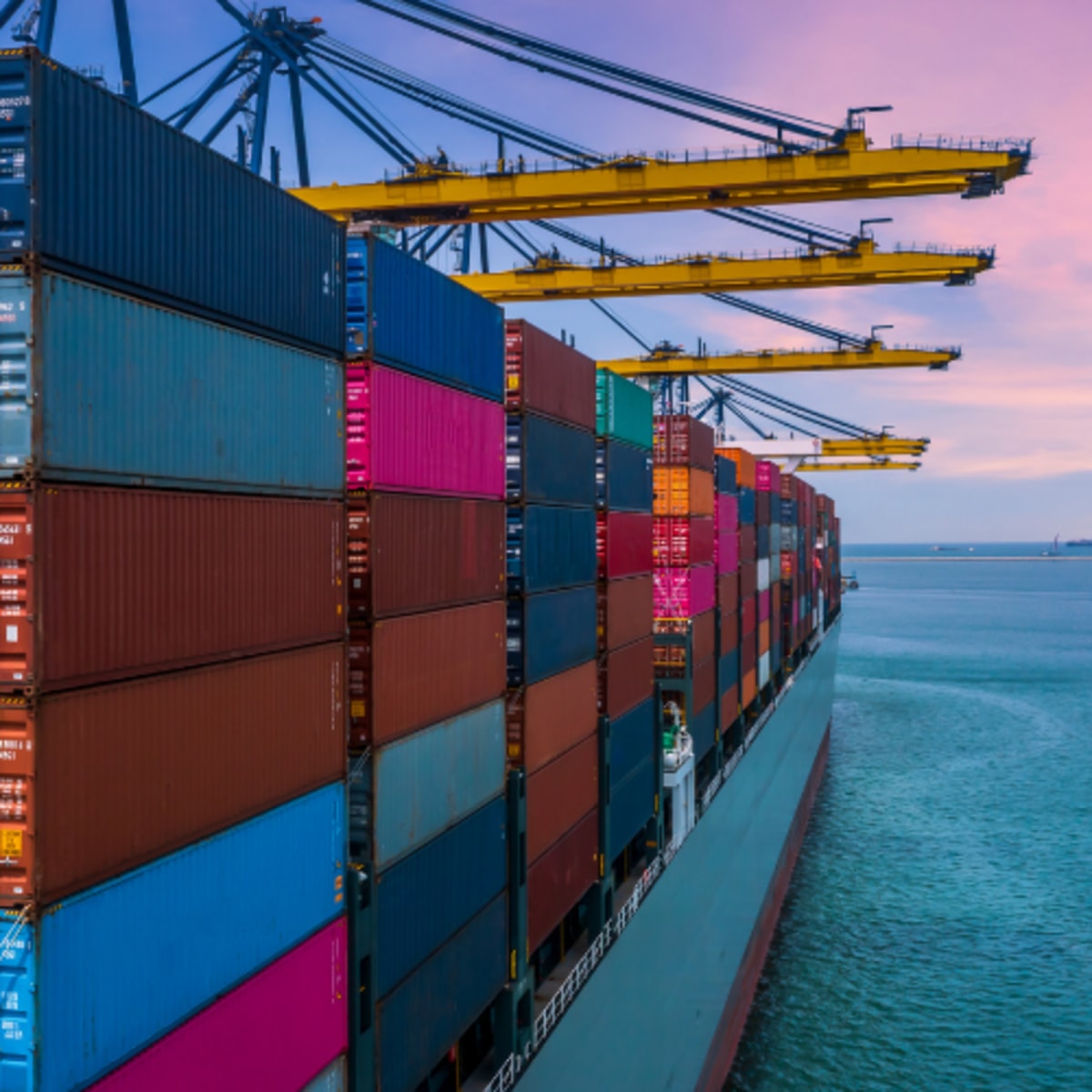
The End of De Minimis: What It Means for Overseas PPE Procurement—and Why It Matters Now
May 7, 2025
For years, the global supply chain relied on a quiet but powerful exception in U.S. trade policy: the de minimis loophole. It allowed goods valued under $800 to enter the country duty-free—no matter where they came from or how they were produced. That changed on May 2, 2025, when the U.S. government officially closed the loophole for shipments from China and Hong Kong, sending ripple effects through the healthcare supply chain.
For healthcare providers still dependent on foreign-made personal protective equipment (PPE), the implications are immediate—and far-reaching.
What Was the De Minimis Loophole?
The de minimis provision, a century-old carveout, was originally intended to ease the burden on U.S. Customs by waiving tariffs on low-value imports. But over time, global e-commerce giants like Shein and Temu used it to flood the U.S. market with inexpensive goods—skirting duties, avoiding inspections, and squeezing domestic manufacturers.
In 2024 alone, over 1.36 billion shipments, worth approximately $66 billion, entered the U.S. under this exemption. Now, new regulations impose a flat $200 fee or up to 145% in tariffs per package, depending on origin and shipping method (Washington Post, May 2025).
The Impact on Healthcare Procurement
1. Rising PPE Costs
Imported gowns, gloves, and masks once shielded by the loophole are now subject to steep tariffs. For procurement officers, that means unexpected budget strain, higher per-unit costs, and increased price volatility—especially for items shipped in small, frequent orders.
2. Delays and Red Tape
With the closure, these imports now require formal customs entry, including commercial invoices, manifests, and tariff classification. That slows everything down—creating longer lead times at a moment when healthcare facilities need certainty, not bottlenecks.
3. Supplier Disruption
Organizations sourcing from Chinese-based distributors may find themselves scrambling for alternatives. Many low-cost offshore suppliers operated on razor-thin margins made possible only through the de minimis exemption. With it gone, their entire model is now in question.
SafeSource Direct: Built for This Moment
At SafeSource Direct, we’ve long believed that critical medical supplies should never depend on tax loopholes or cargo ships. That’s why we’ve built something different: a fully U.S.-based, vertically integrated PPE supply chain—one that’s immune to overseas disruption, tariff hikes, and geopolitical instability.
Our operations are American-owned, American-operated, and designed to ensure:
Consistent pricing, free from sudden tariff shocks
Predictable delivery, thanks to domestic logistics
High-quality PPE, manufactured under rigorous standards
Direct support of American jobs and economic resilience
A Wake-Up Call for Procurement Leaders
The end of the de minimis era is more than a policy shift—it’s a turning point. Healthcare organizations that continue to rely on overseas suppliers may face higher costs, longer delays, and greater risk. But those who act now, by investing in domestically sourced, contract-secured PPE, can insulate themselves from future shocks.
At SafeSource Direct, we’re not reacting to global changes—we’re ready for them. And we’re here to help our partners stay ready too.
Sources:
Washington Post. "Your online orders may cost more now that a tax loophole has closed." May 1, 2025.
Business Insider. "De Minimis Is Over: Higher Prices and Delays Ahead Under Trump’s New Tariffs." May 2025.
U.S. Customs and Border Protection. “De Minimis Value Increases and Exceptions.” 2024.
